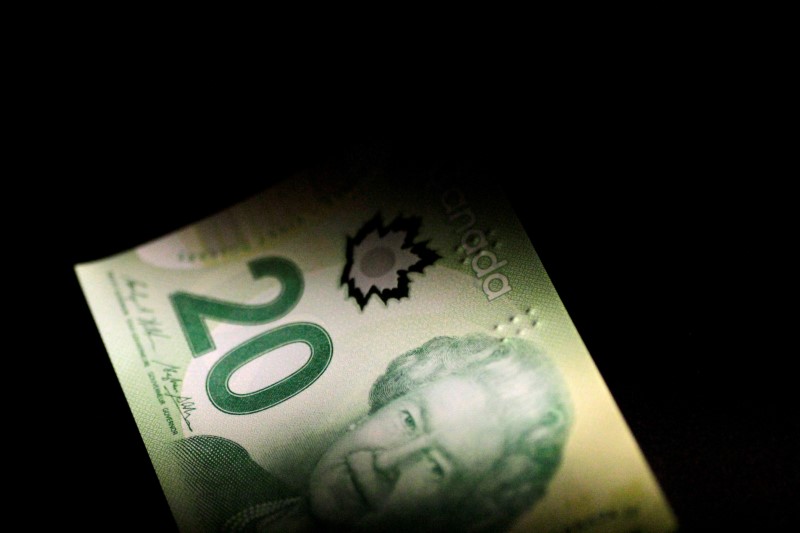* Canadian dollar at C$1.2355, or 80.94 U.S. cents
* Canada's inflation rate falls to 1.9 percent in December
* Bond prices higher across the yield curve
* Canada-U.S. 2-year spread widens by 4.3 basis points
By Fergal Smith
TORONTO, Jan 26 (Reuters) - The Canadian dollar strengthened against its U.S. counterpart on Friday as the greenback broadly fell, while investors also digested domestic data showing an expected drop in headline inflation but an uptick in underlying measures.
At 9:13 a.m. EST (1413 GMT), the Canadian dollar CAD=D4 was trading 0.2 percent higher at C$1.2355 to the greenback, or 80.94 U.S. cents.
The currency traded in a range of C$1.2298 to C$1.2391. On Thursday, the loonie touched a four-month high at C$1.2283.
Canada's annual inflation rate dipped to 1.9 percent in December from 2.1 percent in November as higher food costs were offset by a drop in gasoline prices, data from Statistics Canada showed. But two out of three of the Bank of Canada's measures of core inflation rose. a data-dependent central bank this supports staying on a hike path," said Derek Holt, head of capital markets economics at Scotiabank.
Earlier this month the Bank of Canada raised its benchmark rate to 1.25 percent, its third hike since July.
Chances of another rate hike in March were little changed after the inflation report at 23 percent, data from the overnight index swaps market showed. BOCWATCH
The U.S. dollar .DXY fell against a basket of major currencies, weighed by comments this week by senior U.S. officials that were interpreted by some investors as favoring a weak currency. crude CLc1 prices were little changed at $65.48 a barrel. Oil is one of Canada's major exports. government bond prices were higher across the yield curve, with the two-year CA2YT=RR up 3.5 Canadian cents to yield 1.807 percent and the 10-year CA10YT=RR rising 8 Canadian cents to yield 2.255 percent.
The gap between Canada's 2-year yield and its U.S. counterpart widened by 4.3 basis points to a spread of -30.5 basis points, its widest since Dec. 12.
Data showed that U.S. economic growth unexpectedly slowed in the fourth quarter as the strongest pace of consumer spending in three years resulted in a surge in imports.
